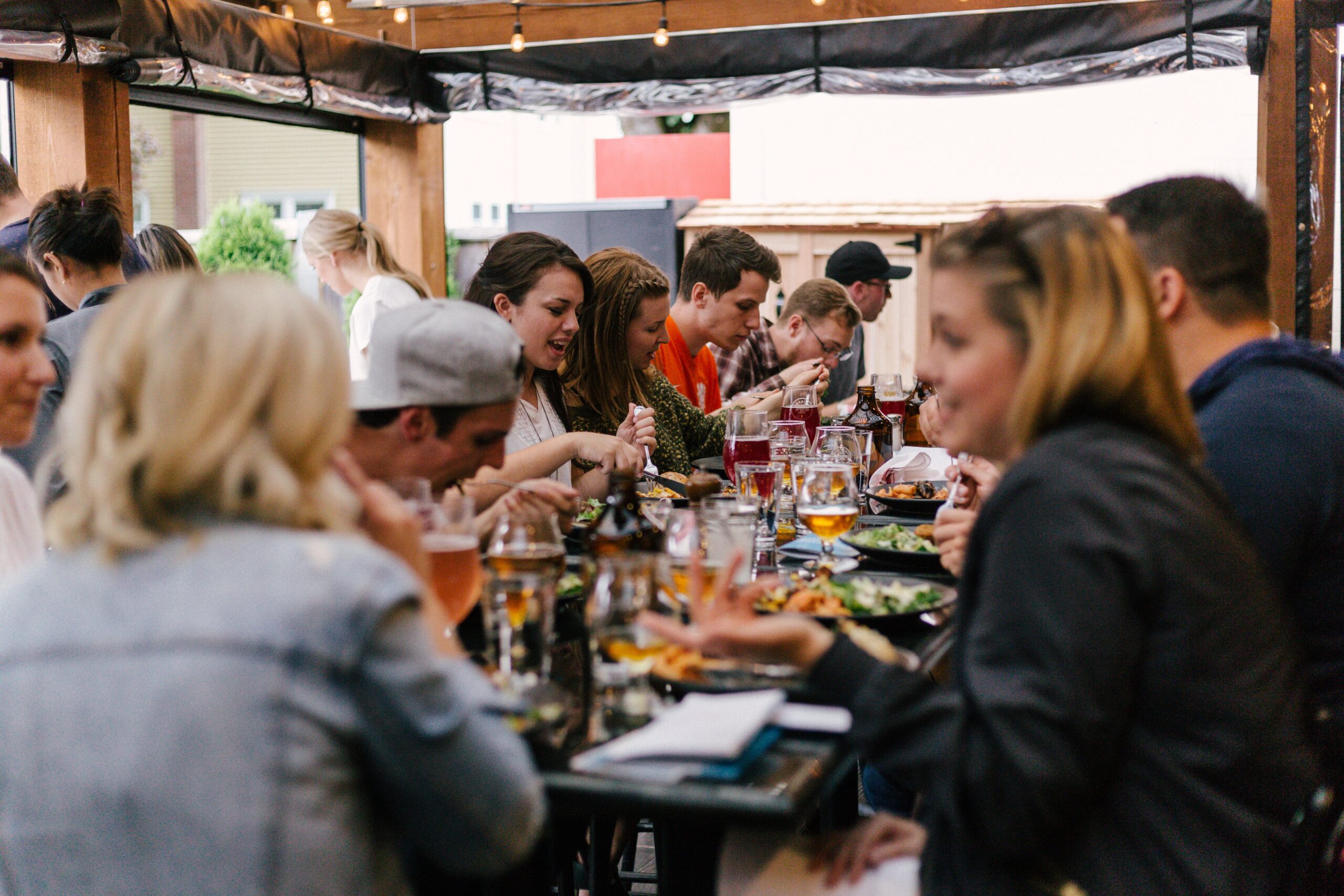
Tāmaki Makaurau – New Zealand’s beer industry has completely changed over the past 65 years.
In the early 1900s, New Zealand’s beer industry was relatively straightforward, you either drank ales, ports, or stouts supplied by one of two breweries. Fast forward to 2022 and the beer industry is booming, economic researcher Berl says.
A shift in consumer preferences has enabled the emergence of craft beer. As a result of fast growing demand, craft beer has established itself as a new and innovative sub-sector.
Low alcohol beer has experienced a similar growth in demand and has found a sweet spot in the market as a result of growing consumer awareness.
New Zealand’s beer industry has boomed in the past decade or so. The sudden rise in demand for craft beer, and low or zero percent beer, has enabled the establishment of this niche, supplied by entrepreneurs and innovators in these sub-sectors within the market.
Craft and low alcohol beer will continue to be a key driving force in New Zealand’s beer industry which is estimated to be worth $2.8 billion in 2021.
In the 1960s, New Zealanders spent what little time they had after work consuming as much beer as they could before the clock reached 6pm. Some credit the ‘six o’clock swill’ for contributing to New Zealand’s long-standing binge drinking culture. It was not until 1967 that the 6pm mandate was eventually lifted.
Throughout most of the 20th century, the number of breweries in New Zealand declined. New Zealand Breweries formed by 10 breweries in 1923 and Dominion Breweries were establishing their own duopoly in the domestic beer market.
Many smaller breweries were either bought out, or just could not compete. The duopoly dominated the market for decades and was still very present in the 21st century. In the late 2000s, the duopoly was estimated to account for 90 percent of beer sales by volume.
The past decade has been transformative for New Zealand’s beer industry with the emergence of craft beer and low alcohol beer.
Craft beer has quickly emerged as its own innovative and fast-growing sub-sector within New Zealand’s beer industry. Offering a large variety of flavours, craft beer breweries are often selling directly to consumers.
Between 2012 and 2022, the quantity of high alcohol beer, typically craft beer, available for consumption quadrupled in New Zealand.
Between 2020 and 2022, low alcohol beer increased by a staggering seven-fold in New Zealand. Growing numbers of people are becoming increasingly aware of the negative effects of alcohol consumption and are turning to low or zero percent options.
Finding a sweet spot in the market, low or zero percent beer enables people to still participate in the social aspect of drinking without experiencing the negative effects of alcohol consumption, Berl says.

